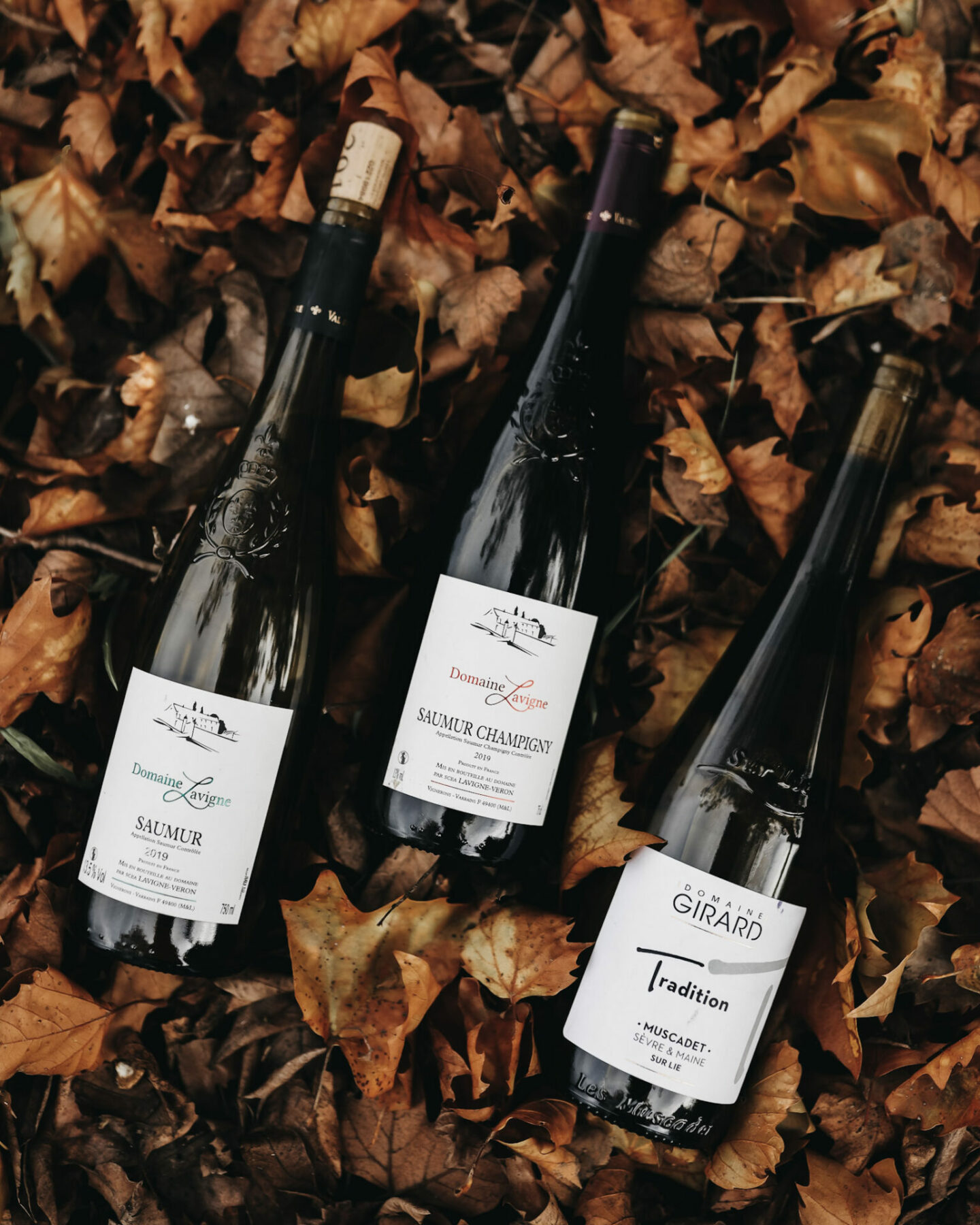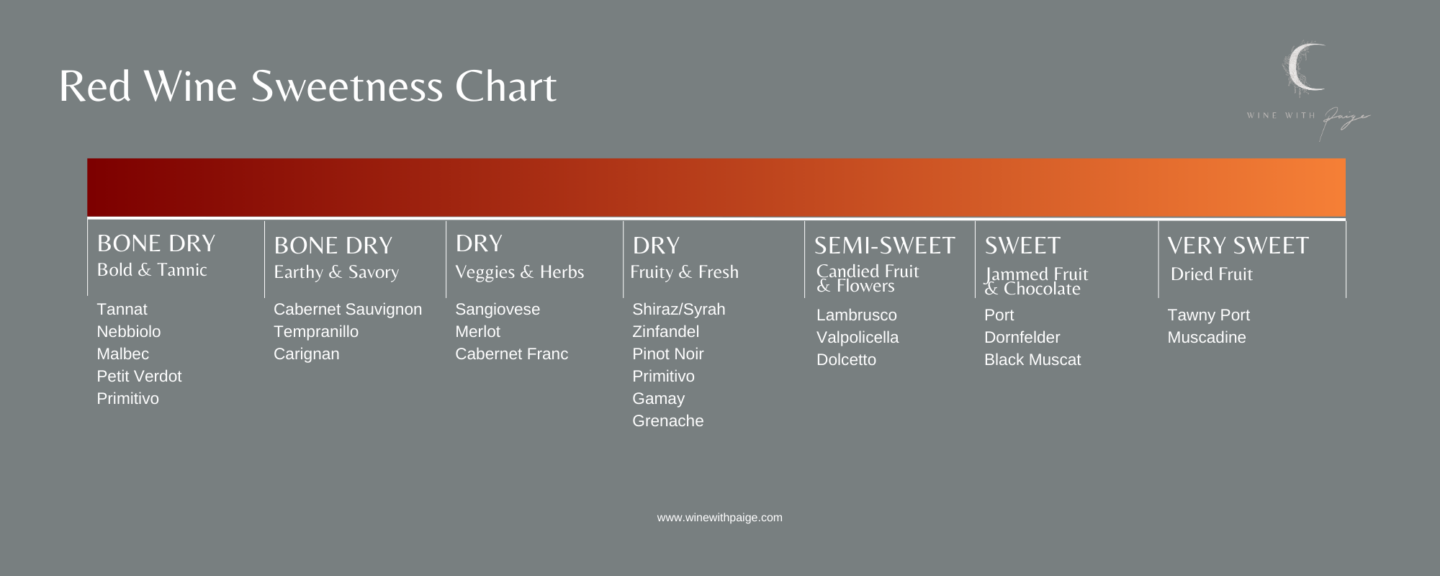
When it comes to the world of wine, there’s an incredible variety of options to explore. Among the red wines, Merlot often stands out as a popular choice. But is Merlot sweet, or is it a dry wine?
Let’s uncork this question and explore the fascinating characteristics of Merlot!
Is Merlot Sweet or Dry?
Wine sweetness can feel like a complicated matter. Oftentimes, overwhelmingly fruity wine can confuse us into thinking its sweet, despite a lower sugar content.
Merlot taste is defined by a variety of factors, including residual sugar, fruit characteristics, high tannins, acidity, and alcohol levels.
For the most part, Merlot is considered a dry wine, however, Merlot can vary in sweetness level depending on the winemaker’s style and the region where the grapes are grown
If you’re looking for a smooth, fruity dry red wine, Merlot is an excellent choice!
What is Merlot?
Merlot is a dry red wine known for its smooth and approachable character. It is a delightful choice for both wine enthusiasts and beginners.
It’s a versatile and widely loved red wine known for its approachable character. This varietal is like a smooth-talking poet, enchanting your senses with its depth and charm.

Is Merlot Sweet? Typical Merlot Flavors & Tasting Notes
As we delve into the sweetness factor, let’s get to know Merlot’s flavor profile:
Fruitiness
Merlot is often associated with fruity notes. It’s like biting into a luscious black cherry or savoring a juicy plum. These flavors give it a touch of sweetness that plays on your palate.
Tannins
Tannins are compounds in wine that create that delightful dry sensation in your mouth. Merlot, compared to some of its red wine siblings, tends to have softer, more approachable tannins. It’s like the velvet touch of a poet’s words.
Body
Merlot boasts a full body, which means it has a rich and luscious texture. It’s the difference between sipping on a full-bodied Merlot and a lighter Pinot Noir, akin to reading an epic novel versus a short story.
Residual Sugar & Alcohol Content
Here’s where the sweetness or dryness debate unfolds:
- Residual Sugar: Merlot often contains a subtle amount of residual sugar, giving it a gentle sweetness. It’s not as high as what you’d find in dessert wines, but it’s there, adding depth to the wine’s flavor.
- Alcohol Content: Merlot usually has a moderate to high alcohol content. This alcohol level helps balance the sweetness, making it less pronounced.

Merlot vs Other Reds: Sweetness Compared
To understand where Merlot stands in the spectrum of dry red wines, let’s compare it to a couple of its notable relatives:
Cabernet Sauvignon: The Bold Companion
- Tannin and Dryness: Cabernet Sauvignon typically boasts higher tannin levels and is often drier than Merlot. It’s the difference between the smooth verses of a love poem and the thundering lines of an epic.
- Flavor Notes: While both wines offer fruity flavors, Cabernet Sauvignon leans more towards black currant and has a more pronounced herbal character. It’s like comparing a romantic sonnet to a daring adventure story.
Read More: Cabernet Sauvignon vs Merlot
Pinot Noir: The Elegant Contrast
- Body and Texture: Pinot Noir is the elegant counterpart, lighter in body and texture compared to the full-bodied Merlot. It’s akin to comparing a graceful ballet to a passionate tango.
- Tannins and Dryness: Pinot Noir is generally less tannic, often perceived as a drier wine, whispering its secrets softly, like a delicate love letter.
Read More: Pinot Noir vs Merlot

Food Pairing with Merlot
Merlot’s versatility in pairing with various dishes is part of its allure. Here are some classic food matches that accentuate its sweet-dry balance:
- Red Meats: Merlot’s fruity notes and moderate tannins make it a fantastic companion for red meats like steak or lamb. It’s like a culinary love affair.
- Pasta: Whether it’s a tomato-based pasta or creamy Alfredo, Merlot’s balanced sweetness can create a harmonious duet with your meal.
- Cheese: Merlot pairs well with a variety of cheeses, from the soft and mild brie to the robust flavor of aged cheddar. It’s like a cheeseboard filled with intriguing tales.
- Chocolate: If you have a sweet tooth, you’ll appreciate how Merlot’s subtle sweetness complements the richness of chocolate. It’s a delightful symphony of flavors.
Related: Check out our favorite Hot Chocolate Charcuterie Boards!
Red Wine Sweetness Chart

How to Serve Merlot
To fully embrace the enchantment of Merlot, it’s essential to serve it at the correct temperature. You don’t want to mute its poetic qualities with improper serving conditions.
Aim for a typical room temperature of around 60-65°F (15-18°C) to allow the wine to reveal its nuances. It’s like creating the perfect setting for an artful performance.
It’s also recommended to serve Merlot in red wine glasses.
In Conclusion: Is Merlot Sweet or Dry?
Merlot, with its captivating flavors and nuanced sweetness, occupies a special place in the realm of wine. It’s not sweet like dessert wines, nor as dry as some other red wines. Merlot is the elegant dancer who effortlessly glides between sweetness and dryness, leaving a lasting impression on your senses.
So, next time you uncork a bottle of Merlot, take a moment to appreciate the sweet-dry tango it performs on your palate. Cheers to the enchanting world of wine, where each bottle tells a unique story and leaves you with the taste of poetry on your lips.
